Shellfish disease investigations 2013 and 2014
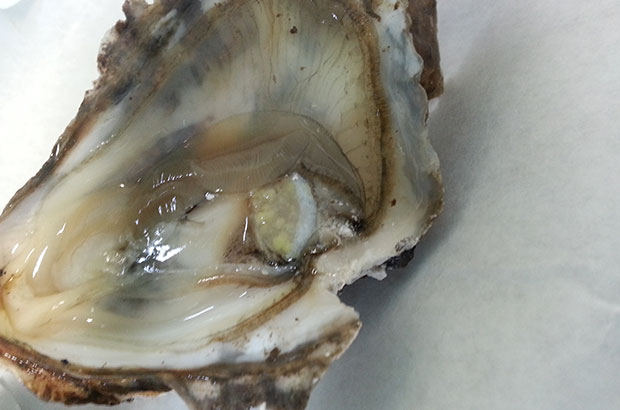
We've seen many shellfish disease events in 2013 and 2014, and below is a summary listed by species.

We've seen many shellfish disease events in 2013 and 2014, and below is a summary listed by species.
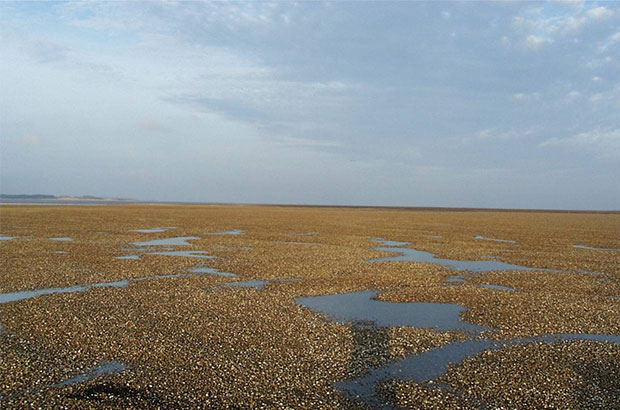
Mortalities in populations of edible cockles (Cerastoderma edule) have been reported across Europe in the past two decades from Spain, Portugal, France, Sweden and the Wadden Sea. Why are they happening?
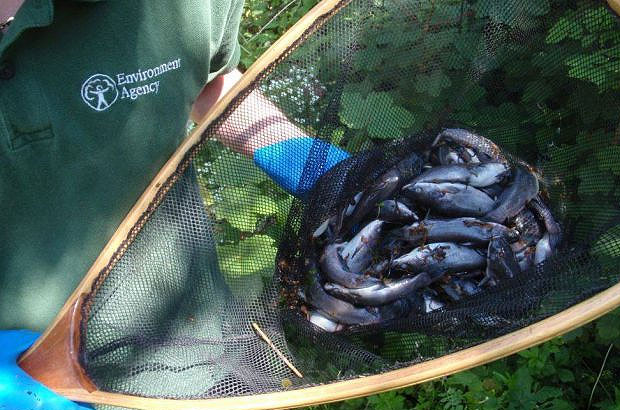
The Environment Agency (EA) National Fisheries Services are leading the way in the UK developing tools and techniques to contain, control and eradicate high risk invasive non-native fish species.
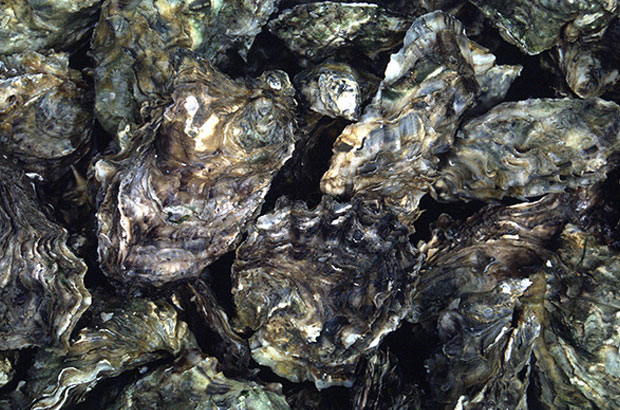
The Pacific oyster is a popular aquaculture species, and I'm monitoring its distribution in Southampton and Poole.
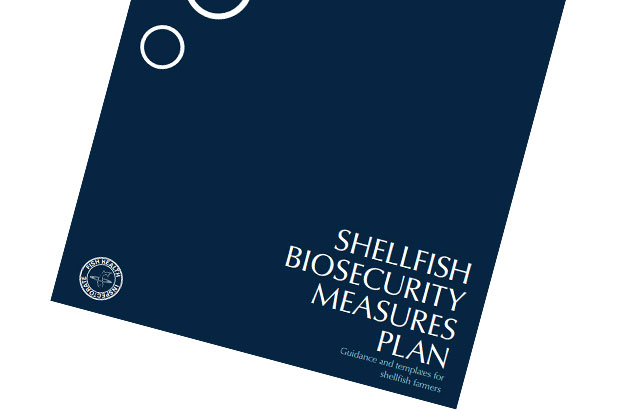
Below is the background to the molluscan diseases that the Cefas Fish Health Inspectorate (FHI) regulated in 2014.
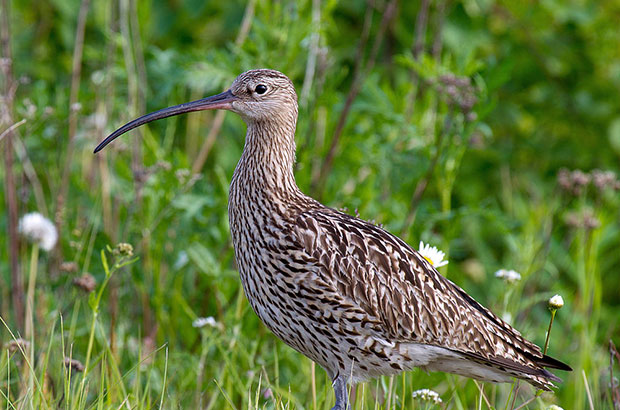
Intertidal areas, such as estuaries, can be both important fisheries and key habitats for wildlife. During winter months, large flocks of wading birds (Order: Charadriiformes) gather to feed within estuaries.
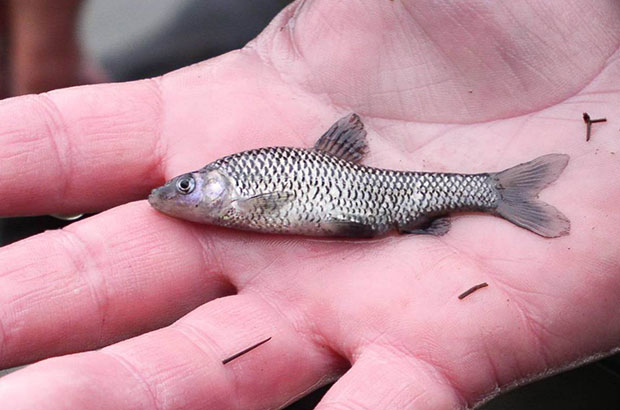
The Environment Agency (EA) National Fisheries Services are leading the way in the UK developing tools and techniques to contain, control and eradicate high risk invasive non-native fish species The topmouth gudgeon Pseudorasbora parva, is a small non-native coarse fish …
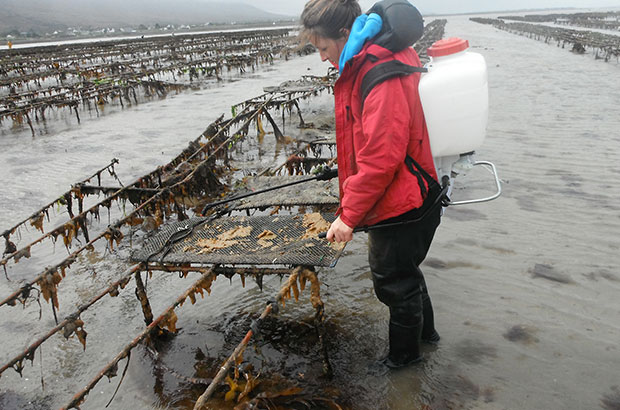
Marine non-indigenous species (NIS) impact wild and farmed shellfish, as they are species which have been introduced into locations outside their natural range.
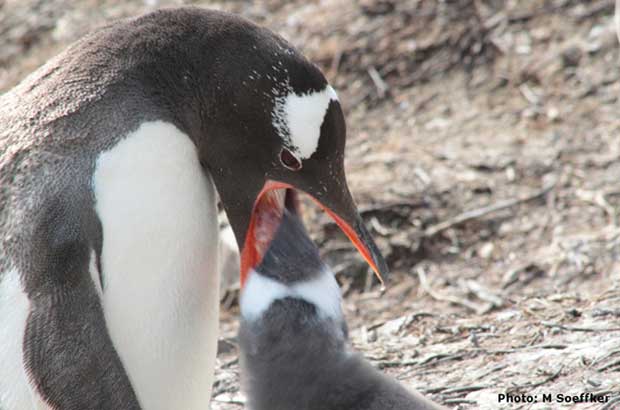
It was January and therefore traditionally the time for a survey of fish stocks around the island of South Georgia, in the Southern Ocean.
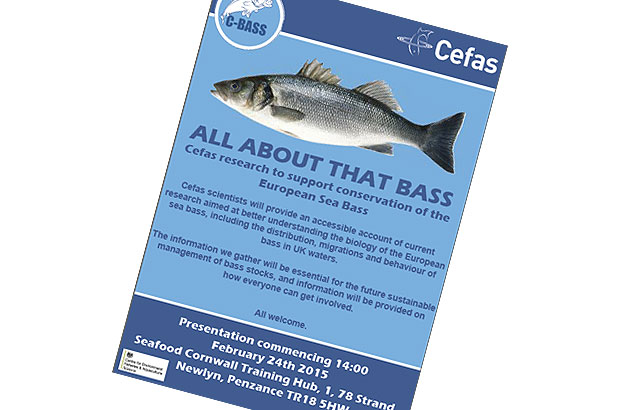
Since our last post, our scientists have been busy with outreach activity. On 24 February, our “All about that bass” presentation was delivered to a packed house of fishers and other stakeholders at the Seafood Cornwall Training Hub in Newlyn.